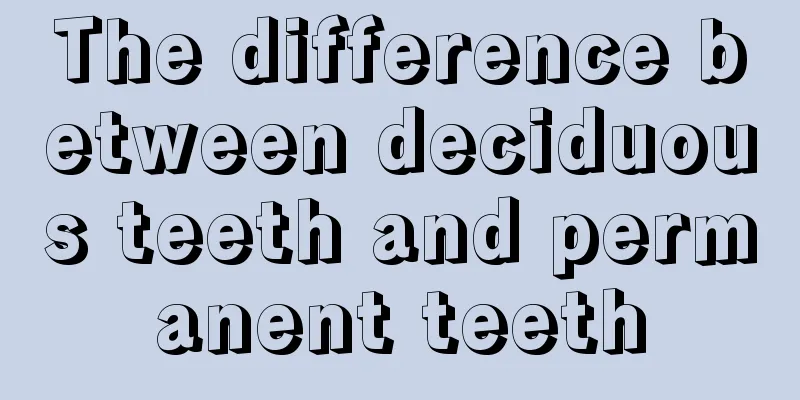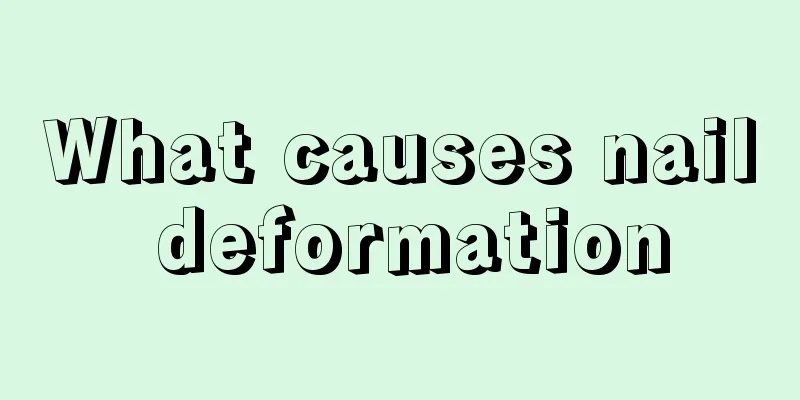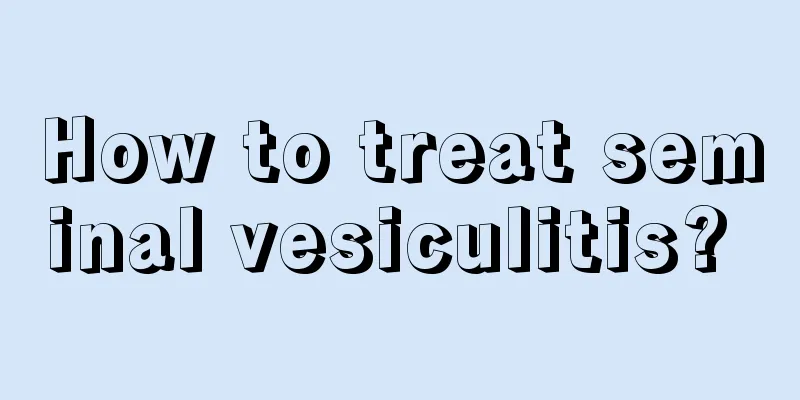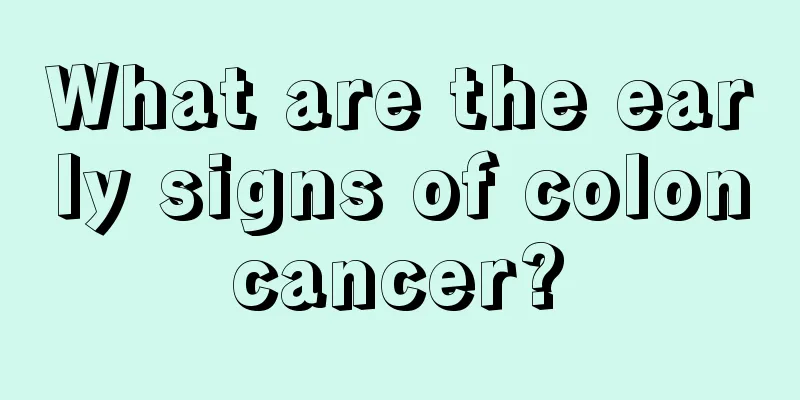The difference between deciduous teeth and permanent teeth

|
When we are a tiny embryo, our deciduous teeth and permanent teeth begin to appear, but the baby does not start to grow teeth until about 6 months old. Our children's teeth are generally a mixture of the two. When we are in the tooth replacement period, our deciduous teeth will be replaced by permanent teeth, and the hard permanent teeth will be more suitable for our way of eating than deciduous teeth. We don't have to worry about our teeth falling off due to biting too hard things. So how do we distinguish between deciduous teeth and permanent teeth? The main differences between deciduous teeth and permanent teeth are as follows: ①Permanent teeth are more transparent than deciduous teeth. Primary teeth are white and permanent teeth are yellowish. This is because the enamel of permanent teeth is more calcified and transparent than that of deciduous teeth, so the yellow color of the dentin can be seen through. ②The crown of the deciduous tooth is shorter than that of the permanent tooth of the same name. From infancy to adolescence, the jawbone gradually grows and the capacity of the oral cavity expands accordingly. Therefore, the crowns of newly erupted permanent teeth are larger than those of the same-named primary teeth. ③. Permanent teeth in the same position are larger than deciduous teeth. The neck of the deciduous teeth is thinner than that of the permanent teeth and is significantly smaller. Therefore, the boundary between the crown and root of deciduous teeth is much clearer than that of permanent teeth. ④ The wear of the occlusal surface of deciduous teeth is more serious than that of permanent teeth. This is because the permanent teeth have just erupted or have erupted not long ago, and the occlusal surface has not been worn or has been worn very little. Deciduous teeth have lower calcification and lower hardness than permanent teeth, and they are used for longer periods of time, so they wear more severely. In addition, they can be distinguished from the pulp cavity of the extracted teeth. The pulp cavity of deciduous teeth is larger, the apex angle of the pulp chamber is higher, the root canal is wider, and the angle of the root divergence is larger than that of permanent teeth. If there are still deciduous teeth left in the gums after the age of tooth replacement, you should go to the hospital for examination and treatment to avoid affecting the eruption of permanent teeth. |
<<: Are your ears buzzing? Several signs that you are seriously ill
>>: How to gain weight if you are thin
Recommend
What to do if your fingers are burned and blistered
When cooking, you may get burned accidentally. Th...
What causes deformed finger joints?
Finger joint deformation is a relatively common j...
How to make shoulders wider if you have a small frame
People have different body shapes. Women tend to ...
Wrong anal lifting method?
In daily life, women who give birth naturally wil...
What are the diagnostic methods for bladder cancer?
In recent years, bladder cancer has become one of...
2 drugs that may cause bladder cancer
One of the causes of bladder cancer is drugs. The...
How long does it take for brisk walking to lower blood pressure?
Hypertension is a relatively common chronic disea...
Emotional instability during menstrual period
The menstrual period is a period that women have ...
What are the common knowledge about the prevention of nasopharyngeal cancer
In recent years, nasopharyngeal cancer has become...
Can quitting smoking improve sexual function? Quitting smoking makes you more manly
Male friends all have the habit of smoking, which...
What to do if your head hurts due to wind?
It is common for the body to be affected by wind ...
Why do women have affairs
In today's society, both men and women will f...
What are the causes of prostate cancer in men?
Prostate cancer is a disease that many men are af...
Are there any symptoms of ovarian tumors that can cause pain in the right lower abdomen?
Ovarian tumors may cause pain in the right lower ...
How to make paper-thin Northeastern gluten cake
In daily life, people’s staple food is mainly div...









